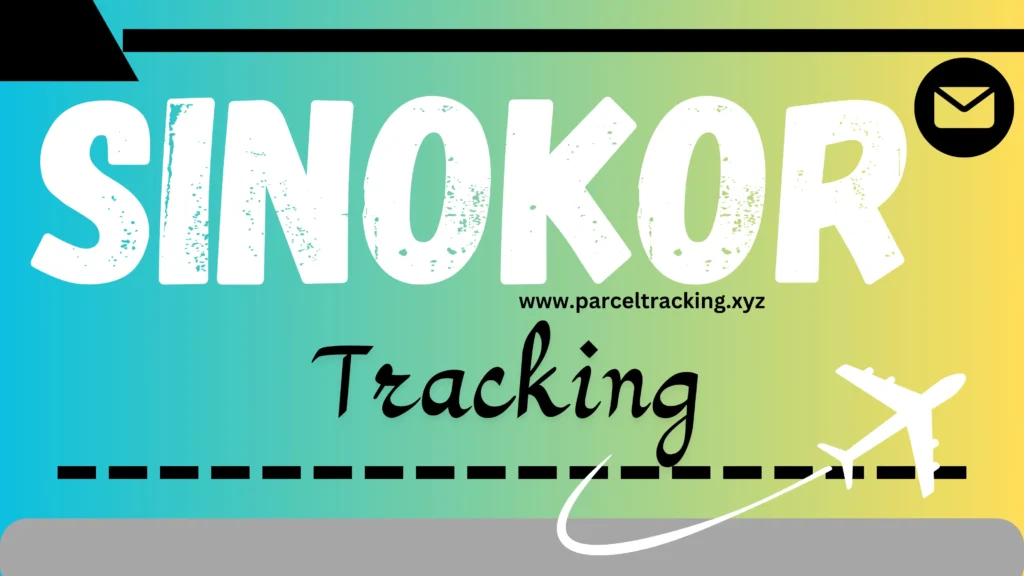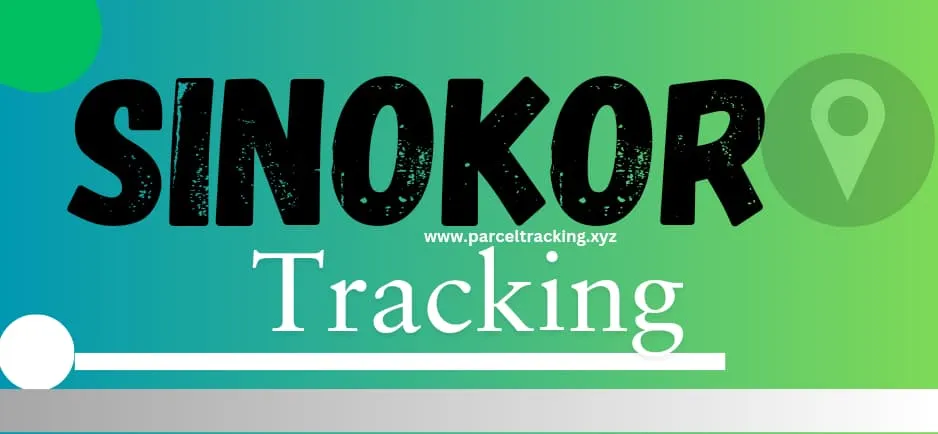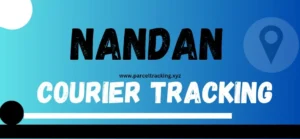Sinokor Tracking is an important shipping company that helps move goods across the world’s oceans. When we order things from other countries or when businesses send products overseas, companies like Sinokor help make this happen. This article will explain how Sinokor’s tracking system works and why it matters for global trade.
What is Sinokor Tracking?
Sinokor Tracking started as a Korean shipping company and has grown into a major player in international shipping. Think of it like a bus service for cargo – instead of carrying people, they take huge metal containers filled with all kinds of products across the ocean. The company helps connect businesses and people who need to send things between Asia and other parts of the world.
How Sinokor Tracking Works
The Basics of Container Tracking
When someone ships something through Sinokor, they get a special tracking number. This number works like a digital name tag for their cargo. Just as we might track a package from an online store, businesses can use this number to see where their containers are on their journey across the ocean.
Using the Tracking System
To track a shipment, people can:
- Visit Sinokor’s website
- Enter their tracking number
- See where their cargo is right now
- Know when it should arrive
- Check if there are any delays
The system updates regularly to show the container’s location, just like our phone’s map app shows where we are.
Understanding Shipping Routes
Main Shipping Lines
Sinokor operates several shipping routes, mostly in Asia. These routes are like highways on the ocean, connecting different ports. The main routes include:
- Korea to China
- Korea to Japan
- Routes to Southeast Asia
- Connections to other major shipping lines
Important Ports
The company works with many ports, such as bus stations for ships. Some main ports include:
- Busan, Korea
- Shanghai, China
- Tokyo, Japan
- Singapore
- Hong Kong
How Container Shipping Works
The Journey of a Container
When someone wants to ship something through Sinokor, here’s what happens:
- The goods are packed into a container
- The container gets loaded onto a ship
- The ship follows its route to different ports
- The container is unloaded at its destination
- The goods are delivered to their final location
Types of Containers
Sinokor uses different kinds of containers:
- Regular containers for most goods
- Refrigerated containers for food
- Special containers for unusual items
- Different sizes for different needs

Benefits of Using Sinokor
For Businesses
Companies choose Sinokor because:
- They have reliable tracking systems
- Their ships run on regular schedules
- They connect many important ports
- They have experience with international shipping
For Customers
People receiving goods benefit from:
- Knowing where their items are
- Getting regular updates
- Being able to plan around arrival times
- Having a reliable shipping partner
Technology Behind the Tracking
How Tracking Works
The tracking system uses several technologies:
- GPS tracking on ships
- Computer systems at ports
- Internet connections to share updates
- Special software to manage information
Real-Time Updates
The system provides updates about:
- Current location of cargo
- Expected arrival times
- Any delays or changes
- Important shipping documents
Common Tracking Issues and Solutions
Understanding Delays
Sometimes shipments can be delayed by:
- Bad weather at sea
- Busy ports
- Customs checks
- Technical problems
Solving Problems
When issues happen, Sinokor helps by:
- Updating tracking information quickly
- Explaining why delays happen
- Finding alternative solutions
- Keeping customers informed
Tips for Better Tracking
Best Practices
To track shipments effectively:
- Keep your tracking number safe
- Check updated regularly
- Understand normal shipping times
- Know who to contact for help
Planning Ahead
Good planning includes:
- Allowing extra time for shipping
- Knowing peak shipping seasons
- Understanding possible delays
- Having backup plans
International Shipping Rules
Important Regulations
Shipping companies must follow the following rules:
- Safety at sea
- Environmental protection
- Customs requirements
- International trade laws
Documentation Needed
Important papers include:
- Bill of lading
- Customs forms
- Insurance documents
- Shipping declarations
Future of Container Tracking
New Technologies
Sinokor is working on:
- Better tracking systems
- More detailed updates
- Easier-to-use websites
- Faster information sharing
Environmental Concerns
The company is also thinking about:
- Using cleaner fuels
- Reducing pollution
- Protecting ocean life
- Being more environmentally friendly

Making Shipping Easier
Working with Sinokor
To ship things effectively:
- Plan your shipments early
- Keep all important documents
- Stay in touch with shipping agents
- Use the tracking system regularly
Understanding Costs
Shipping costs depend on:
- How far things need to go
- How big the cargo is
- How quickly it needs to arrive
- What kind of container is needed
Conclusion
Sinokor tracking helps make international shipping easier to understand and manage. Whether you’re a business sending goods or someone waiting for a delivery, knowing how the tracking system works helps you stay informed about your cargo’s journey.
Taking Action
If you need to ship something:
- Contact Sinokor or a shipping agent
- Get a tracking number
- Use the online tracking system
- Keep important documents safe
- Plan for possible delays
Remember that international shipping takes time and patience, but good tracking systems help make the process clearer and more manageable.
Frequently Asked Questions About Sinokor Tracking
1. How do I track my Sinokor container?
When you want to find your container, visit Sinokor’s official website and look for the tracking section. Enter your container number or bill of lading number in the search box. The system will show you where your container is right now, just like tracking a package from an online store. The tracking number usually starts with SNKO followed by several numbers.
2. Why isn’t my tracking number working?
Sometimes tracking numbers might not work because they’re too new or recently issued. Wait about 24 hours after getting your tracking number before trying to use it. Also, make sure you’re typing the number exactly as it appears on your shipping documents, including any letters and numbers in the right order. If it still doesn’t work after a day, contact your Sinokor representative.
3. How often does Sinokor update tracking information?
Tracking updates usually happen several times a day when your container is on a ship. The system updates more frequently when the container reaches important points like ports or goes through customs. However, when the ship is in the middle of the ocean, updates might be less frequent. Think of it like a bus journey – you get more updates when the bus reaches the stations than when it’s between stops.
4. What do the different tracking statuses mean?
The tracking system uses several common status messages. “In Transit” means your container is moving on a ship. “Arrived at Port” means it’s reached a harbor. “Customs Hold” means it’s being checked by government officials. “Gate Out” means it’s left the port and is on its way to its final destination. Each status helps you understand exactly where your goods are in their journey.
5. How long does shipping usually take with Sinokor?
Shipping times depend on where your container is going and coming from. A trip from Korea to China might take 3-5 days, while longer routes to Southeast Asia could take 7-14 days. Remember that these times don’t include loading, unloading, and customs checks, which can add several more days. It’s like planning a road trip – the actual driving time is just part of the whole journey.
6. What should I do if my shipment is delayed?
If your shipment gets delayed, first check the tracking system for any alerts or notices. Sometimes delays happen because of weather, port congestion, or customs checks. Contact your Sinokor representative if you need more information. They can explain why the delay happened and give you a new estimated arrival time. It’s always good to build some extra time into your shipping plans for possible delays.
7. Can I track multiple containers at once?
Yes, Sinokor’s system lets you track several containers at the same time. This is especially helpful for businesses that ship many things at once. You can enter multiple tracking numbers or save them to your account for easier checking later. Think of it like having a list of different packages you’re waiting for, but all in one place.
8. What information do I need to start tracking?
To track your shipment, you’ll need either your container number, bill of lading number, or booking number. These numbers are on your shipping documents. The container number usually starts with SNKO, while the bill of lading number might have a different format. Keep these numbers safe – they’re like your ticket to knowing where your goods are.
9. How can I get help with tracking problems?
If you have trouble with tracking, Sinokor offers several ways to get help. You can contact their customer service through their website, email, or phone. Have your tracking number ready when you call. Their representatives can help explain any confusing status messages or solve tracking system problems. It’s like having a helper who can translate the shipping language into simple terms.
10. Does the weather affect my shipment’s tracking updates?
Yes, weather can affect both your shipment and its tracking updates. Bad weather might slow down ships or cause them to take different routes. During storms, tracking updates might be less frequent because of communication problems with the ship. The tracking system will usually show weather-related delays in the status updates, helping you understand why your shipment might be moving slower than expected.




Your prose flows so effortlessly that I completely lose track of time when going through your blog.
Your blog is a wonderful resource for anyone curious in learning about a variety of topics. Thanks for all that you do.